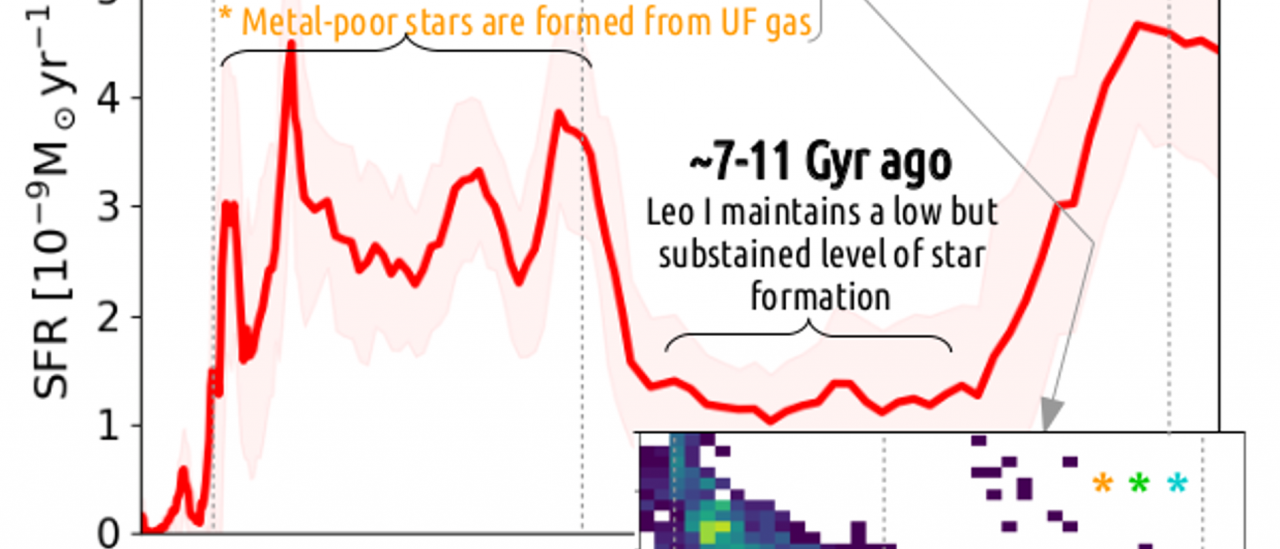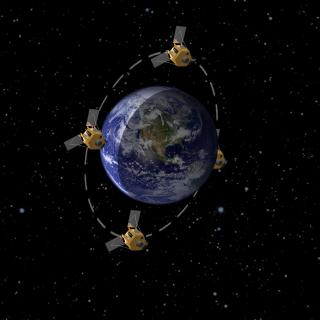Leo I is one of the youngest dwarf spheroidal (dSph) galaxies in the Local Group. Its relative isolation, extended and complex star formation history (SFH), and recent perigalacticon passage (∼1 Gyr ago) make of Leo I one of the most interesting nearby stellar systems. We derived its SFH from a deep Hubble Space Telescope colour-magnitude diagram and found that global star formation enhancements in Leo I occurred ∼13, 5.5, 2.0, and 1.0 Gyr ago, after which it was substantially quenched, most probably due to ram pressure stripping with the Milky Way halo. We interpreted the most ancient and the youngest peaks as being linked to an early formation, and the latest perigalacticon passage (transition from dIrr to dSph), respectively. We clearly identified the presence of very metal poor stars of age ∼5-6 Gyr old, in addition to the very old (13 Gyr) metal poor stars. This intermediate-age metal-poor population in Leo I could originate in the merging with a low-mass system, which would have triggered star formation around ∼5.5 Gyr ago, and accumulated old, metal-poor stars from the accreted system in Leo I. Given the intensity and extension of the 2.0 Gyr burst, we hypothesize that this enhancement could also have an external origin. These findings add to the mounting evidence that galaxy interactions and mergers drive star formation in galaxies of all sizes, from large galaxies such as the Milky Way to intermediate-mass galaxies such as the Magellanic Clouds and dwarf galaxies such as Leo I and Fornax.
Evolutionary history of Leo I. The large panel represents the rate of star formation as a function of time, while the small panel indicates the chemical enrichment in the same time interval. Three vertical lines separate the four periods described.
Advertised on
Authors
Carmen
Gallart Gallart
Matteo
Monelli
T. K. Fritz et al.
References




